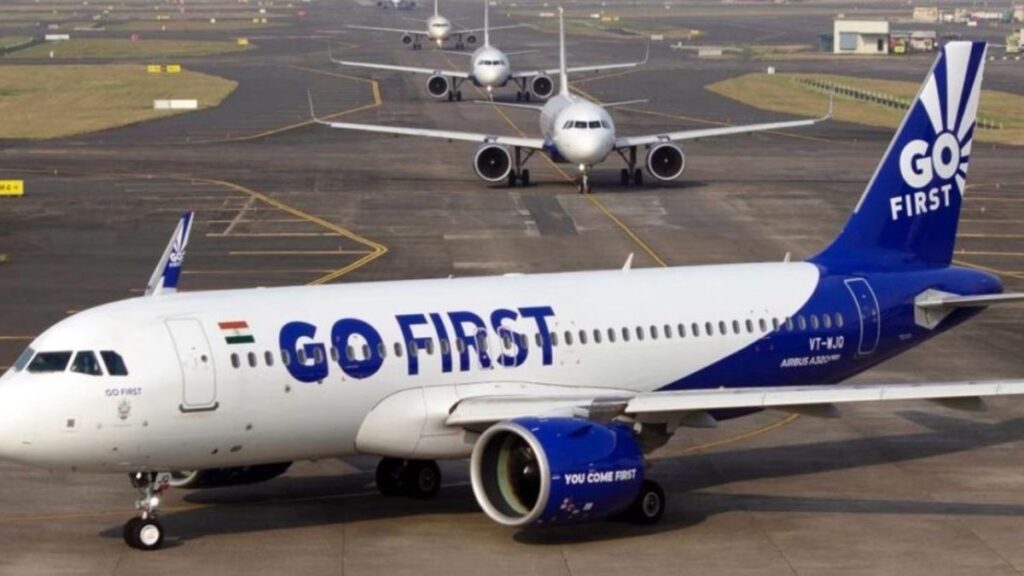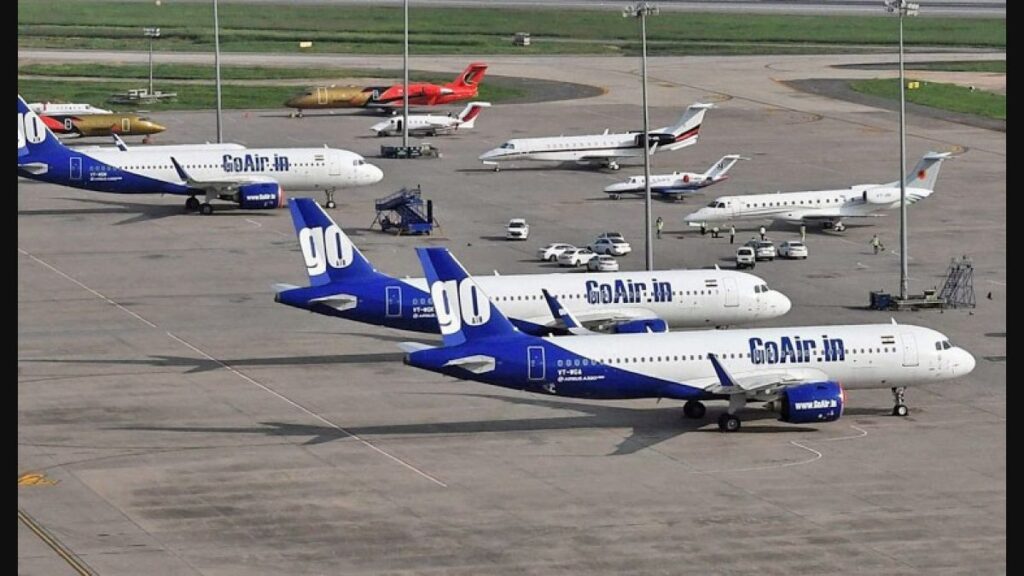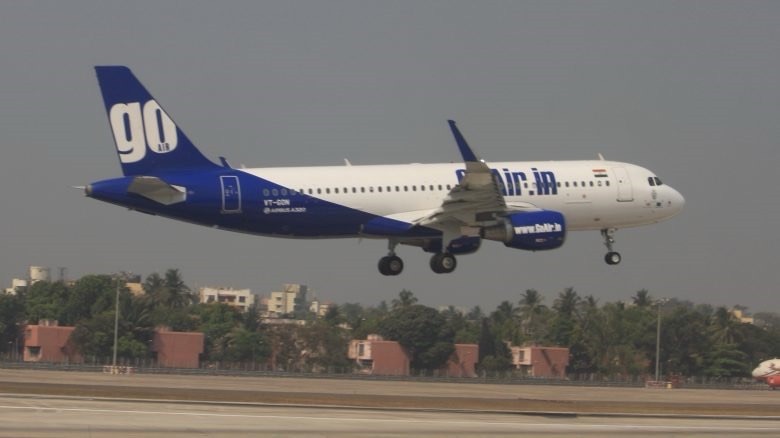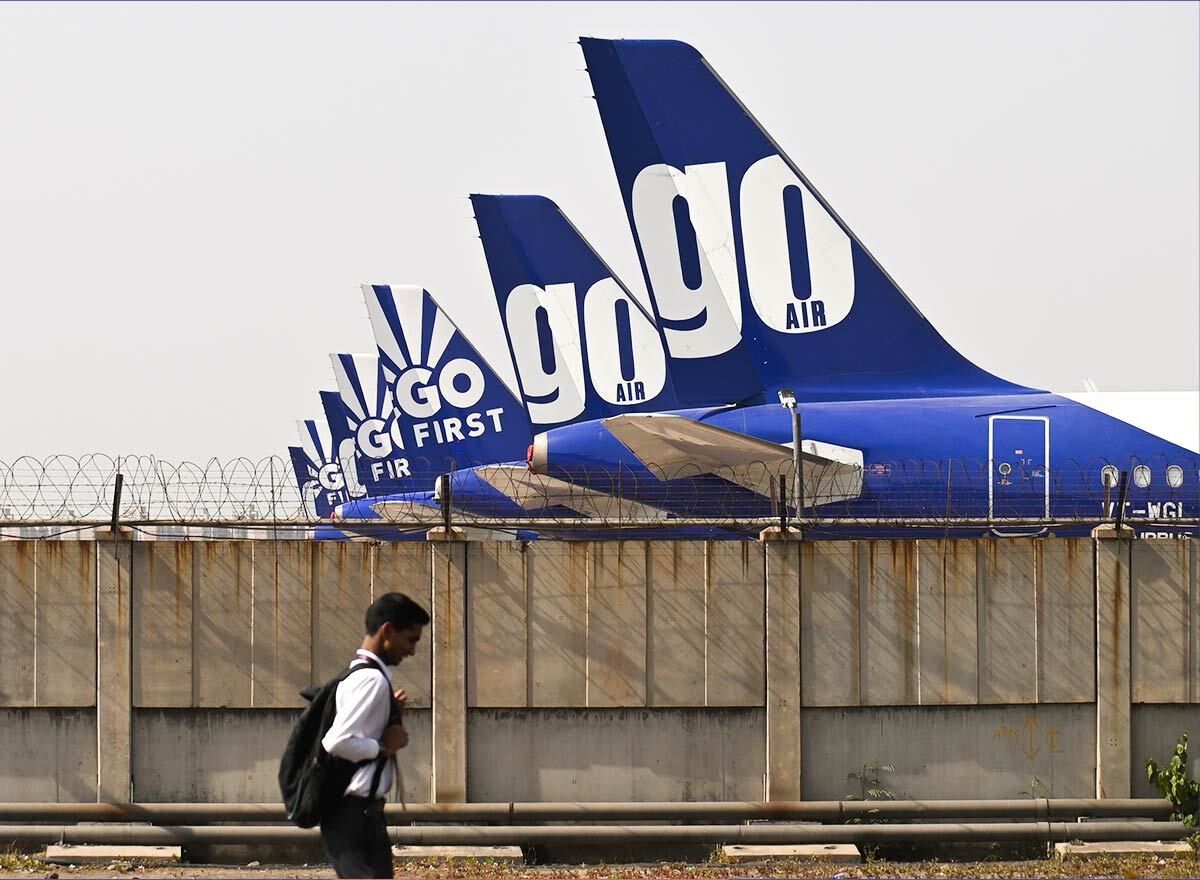The National Company Law Tribunal (NCLT) has mandated the liquidation of Go First, bringing a close to its 17-year legacy as a result of financial instability and unsuccessful recovery attempts.
On Monday, the National Company Law Tribunal (NCLT) issued an order for the liquidation of Go First, signaling a dramatic conclusion to the airline’s 17-year presence in the Indian aviation sector. This decision follows a lengthy period of financial difficulties for the airline, which culminated in the suspension of its operations nearly three years prior. In May 2023, Go First sought insolvency, citing acute financial distress, and subsequently engaged in an insolvency resolution process that ultimately failed to identify a viable solution.
A 17-year legacy of Service: Go First
previously known as Go Air, had been catering to passengers for more than 17 years. The airline initially focused on domestic flights, commencing operations with a route from Mumbai to Ahmedabad in 2005-06. Over time, it expanded its services to include international routes and operated a fleet featuring Airbus aircraft, with notable orders for 72 A320neo planes. Nevertheless, the airline’s financial challenges became unmanageable, culminating in a reported loss of Rs 1,800 crore for the fiscal year ending March 2023.
At its zenith, Go First boasted a fleet of 54 aircraft. However, by the conclusion of December 2024, lessors had reclaimed 28 aircraft, resulting in more than half of the fleet being deregistered and removed from India.

Outstanding Debt and Creditors
The airline is burdened with an enormous debt of 65.21 billion rupees ($781.14 million) owed to its creditors. Major financial institutions affected by this debt include the Central Bank of India, Bank of Baroda, IDBI Bank, and Deutsche Bank. The weight of this debt, coupled with the inability to establish sustainable revenue streams, played a significant role in Go First’s decline.
The Liquidation decision The NCLT’s order for liquidation follows the airline’s insolvency proceedings, which failed to produce any feasible outcome. The Committee of Creditors (CoC) was empowered to make decisions regarding liquidation, and once formed, it opted to initiate the winding-up of the company. Despite interest from potential buyers, such as Ajay Singh of SpiceJet and Sky One based in Sharjah, no resolution was able to salvage the airline.
Go First’s financial troubles also extended to its foreign aircraft lessors, who were engaged in a legal battle with the airline. Initially, they were barred from reclaiming their planes due to a moratorium set by Indian courts. However, in April, a local court made a ruling in favor of the lessors, permitting them to retrieve their aircraft, which posed additional challenges to Go First’s operations.
Implications of Liquidation
The liquidation of Go First Airways signifies the conclusion of one of India’s low-cost carriers that once competed vigorously within the domestic aviation sector. This decision will have far-reaching consequences for employees, creditors, and passengers impacted by the airline’s operational disruptions. Industry analysts argue that the liquidation underscores the financial hurdles encountered by budget airlines in India and emphasizes the necessity for sustainable business practices.

Currently, Go First Airways has yet to release an official statement concerning the tribunal’s liquidation order. The airline’s management is anticipated to communicate with stakeholders regarding the forthcoming steps in the liquidation process and its implications for outstanding obligations.
Lenders to the now-defunct Go First Airlines are hopeful for recoveries in the first half of the upcoming financial year (H1FY26) while performing due diligence for asset monetization. The airline’s outstanding debts total approximately Rs 6,200 crore.
Its remaining assets consist of a 94-acre land parcel in Thane, appraised at Rs 3,000 crore, an Airbus training facility located in Mumbai, and its headquarters. The Committee of Creditors (CoC) has designated Dinkar Venkatasubramanian as the liquidator. Go First, backed by the Wadia family, ceased operations on May 3, 2024, just a day after filing for bankruptcy. The airline now joins the ranks of Kingfisher Airlines and Jet Airways, which encountered similar situations in 2012 and 2019, respectively, highlighting the ongoing challenges within India’s aviation sector.
Cancellation of aircraft registrations
The scenario deteriorated further when the Directorate General of Civil Aviation (DGCA) rescinded the registration of 54 Go First aircraft, sealing the airline’s fate. The ongoing insolvency proceedings could not revive the airline’s operations, leading to the NCLT’s conclusive ruling.

The end of an era
The downfall of Go First serves as a stark reminder of the challenges inherent in the unpredictable aviation sector. The airline’s inability to rebound from its financial crisis and secure a successful resolution plan has resulted in the sudden cessation of its operations. Thousands of employees and passengers are now left in the lurch due to the airline’s liquidation, casting uncertainty over the future of this once-beloved carrier.
For all aviation-related guidance (DGCA ground classes, pilot training, cabin crew training)
Contact us https://contrail.in/
phone numbers +91 78457 69399


